Topics
Category
Era
Frederick Spangenberg House, St. Paul
In 1864 Abraham Lincoln was reelected president, General Sherman's army marched on Atlanta, and oxen began hauling yellow limestone over the snow to the site of the Frederick Spangenberg house, one of St. Paul's oldest extant stone farmhouses.
When the house was under construction, Spangenberg and his wife, Anna, lived in a log cabin on one end of the property, near where Jefferson and Cretin avenues intersect today. Spangenberg was a German immigrant who built a prosperous dairy farm and milk-distribution business. He also designed his house. When completed in 1867, it was surrounded by an eighty-acre dairy farm, well outside the St. Paul city limits.
Today, the house is surrounded not by fields and barns but by the paved streets and ample houses of the Macalester-Groveland neighborhood. Sited on a wooded lot, the house at 375 Mount Curve Boulevard—a two-story Greek Revival with two-foot-thick, random coursed walls—is somewhat obscured from the street by tall hedges. A one-story appendage originally served as a kitchen but was converted into a sitting room in 1932 by two of the Spangenberg sons, who lived in the house after their parents' deaths. The sons also transformed the first-floor bedroom into a kitchen, the parlor into a dining room, and one of the four upstairs bedrooms into a bathroom.
In 1954 the Spangenbergs' youngest granddaughter, Mrs. Gertrude M. Yates, and her husband moved in and updated the interior while preserving its historic integrity. Then almost a century old, the house still contained a wine cellar complete with wooden casks and press, paddles and crocks for butter and cheese making, and a cabbage cutter used for large-scale production of sauerkraut—a source of vitamins in the winter. The Yates family lived in the house until 1972, marking the end of the Spangenberg era. It was listed on the National Register of Historic Places in 1976.
Bibliography
Boardman, Kathryn, "Farmhouse in a City Setting." St. Paul Pioneer Press, September 11, 1955, Roto Magazine.
Hiebert, Gareth, "Old Spangenberg Place." St. Paul Pioneer Press, December 15, 1974.
"Spangenberg, Frederick House." National Register of Historic Places Registration Form, September 1975. State Historic Preservation Office, Minnesota Historical Society, St. Paul.
Trout-Oertel, Diane. “Built to Last: The Historic Spangenberg Farmhouses.” Minnesota History 67, no. 1 (Spring 2020): 17–29.
http://collections.mnhs.org/MNHistoryMagazine/articles/67/v67i01p17-29.pdf
Related Resources
Secondary
Hess, Jeffrey A., and Paul Clifford Larson. St. Paul's Architecture: A History. Minneapolis: University of Minnesota Press, 2006.
Koeper, H.F. Historic St. Paul Buildings. St. Paul: St. Paul City Planning Board, 1964.
Millett, Larry. AIA Guide to the Twin Cities. St. Paul: Minnesota Historical Society Press, 2007.
Nord, Mary Ann. The National Register of Historic Places in Minnesota: A Guide. St. Paul: Minnesota Historical Society Press, 2003.
Weber, Laura. "Frederick Spangenberg House, St. Paul, Ramsey County." Minnesota History 60, no. 1 (Spring 2006): 3.
Web
The Minnesota Historical Society's National Register Properties. Frederick Spangenberg House.
http://nrhp.mnhs.org/NRDetails.cfm?NPSNum=76001068
Related Images
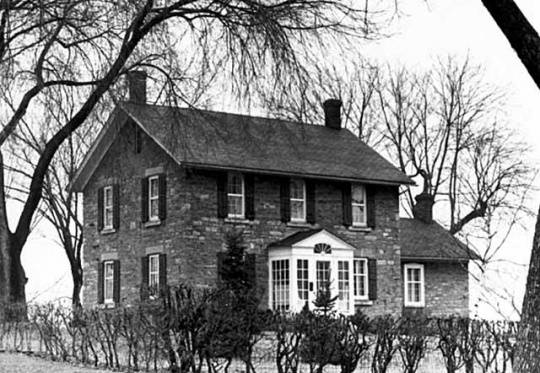
Frederick Spangenberg, 375 Mount Curve, St. Paul
Holding Location
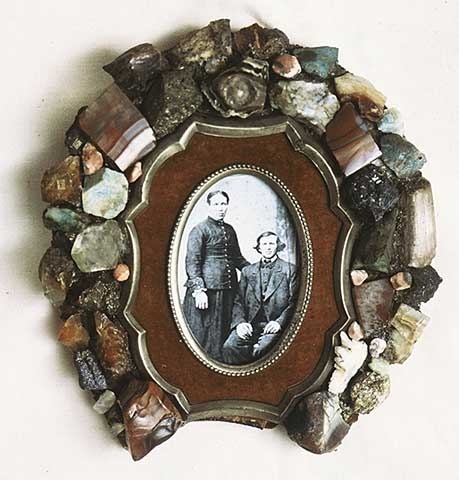
Framed portrait of Spangenbergs
Public domain
Holding Location
More Information
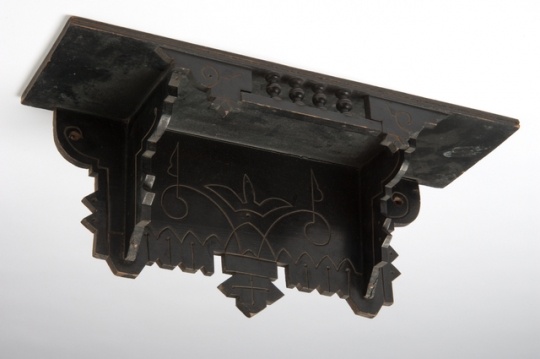
Spangenberg clock shelf
All rights reserved
Holding Location
More Information

Cows in farmyard at Spangenberg farm
Public domain
Holding Location
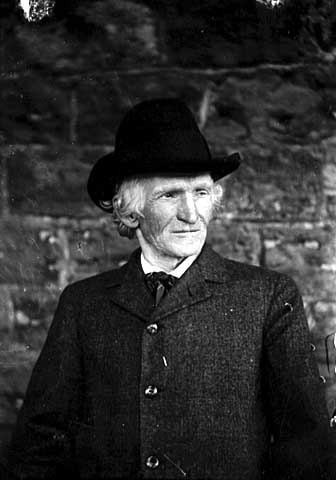
Frederick Spangenberg Sr.
Public domain
Holding Location

Anna Sontag Spangenberg
Public domain
Holding Location
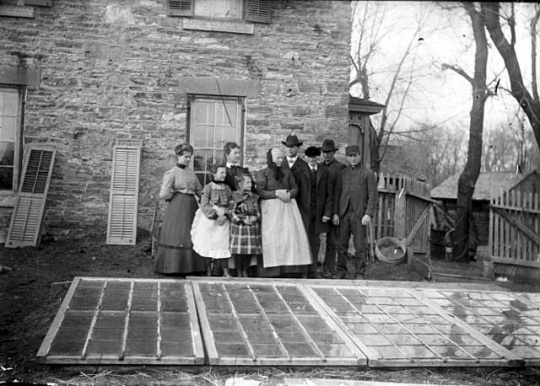
Frederick Spangenberg Sr. and family
Public domain
Holding Location
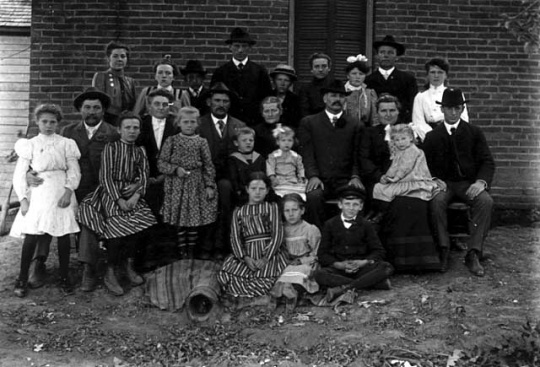
Family of Frederick Spangenberg Sr.
Public domain
Holding Location
More Information
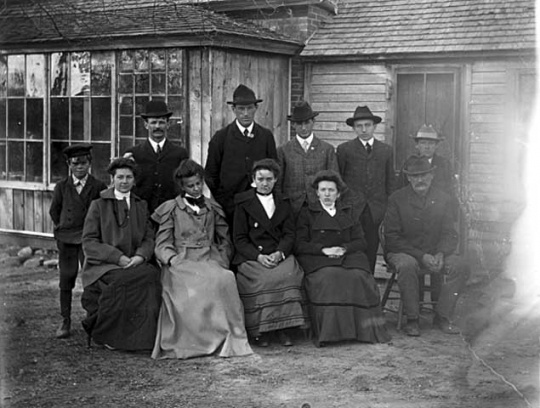
William and Frederick Spangenberg Jr. with family and friends
Public domain
Holding Location
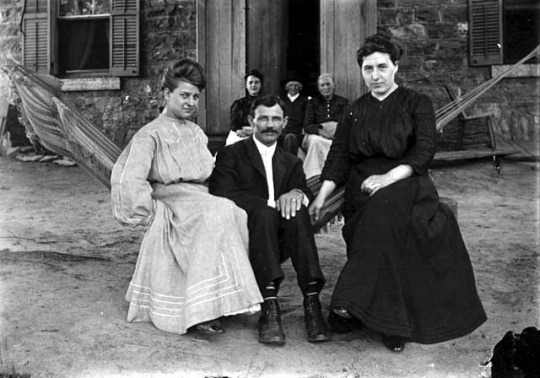
William Spangenberg seated with friends in a hammock
Holding Location
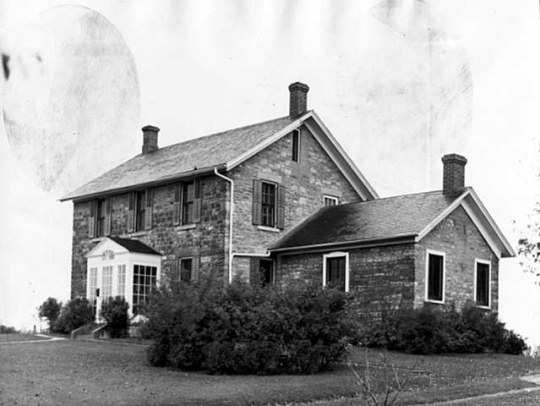
House at 375 Mount Curve, Frederick Spangenberg, St. Paul
Holding Location
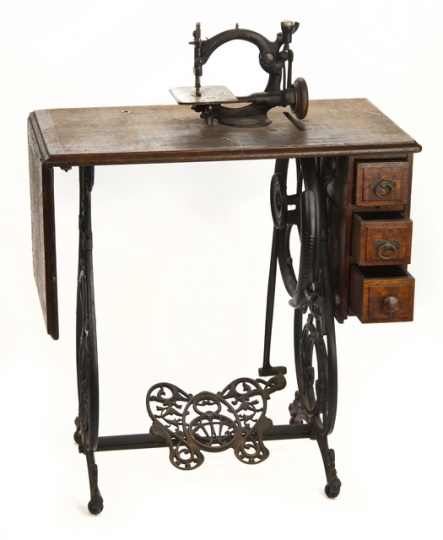
Wilcox and Gibbs Sewing Machine
All rights reserved
Holding Location
More Information
Related Articles
Turning Point
The Frederick Spangenberg house is added to the National Register of Historic Places in 1976 in recognition of its age and evolution from rural farmhouse to urban residence.
Chronology
1864
1867
1932
1954
1972
1976
Bibliography
Boardman, Kathryn, "Farmhouse in a City Setting." St. Paul Pioneer Press, September 11, 1955, Roto Magazine.
Hiebert, Gareth, "Old Spangenberg Place." St. Paul Pioneer Press, December 15, 1974.
"Spangenberg, Frederick House." National Register of Historic Places Registration Form, September 1975. State Historic Preservation Office, Minnesota Historical Society, St. Paul.
Trout-Oertel, Diane. “Built to Last: The Historic Spangenberg Farmhouses.” Minnesota History 67, no. 1 (Spring 2020): 17–29.
http://collections.mnhs.org/MNHistoryMagazine/articles/67/v67i01p17-29.pdf
Related Resources
Secondary
Hess, Jeffrey A., and Paul Clifford Larson. St. Paul's Architecture: A History. Minneapolis: University of Minnesota Press, 2006.
Koeper, H.F. Historic St. Paul Buildings. St. Paul: St. Paul City Planning Board, 1964.
Millett, Larry. AIA Guide to the Twin Cities. St. Paul: Minnesota Historical Society Press, 2007.
Nord, Mary Ann. The National Register of Historic Places in Minnesota: A Guide. St. Paul: Minnesota Historical Society Press, 2003.
Weber, Laura. "Frederick Spangenberg House, St. Paul, Ramsey County." Minnesota History 60, no. 1 (Spring 2006): 3.
Web
The Minnesota Historical Society's National Register Properties. Frederick Spangenberg House.
http://nrhp.mnhs.org/NRDetails.cfm?NPSNum=76001068













